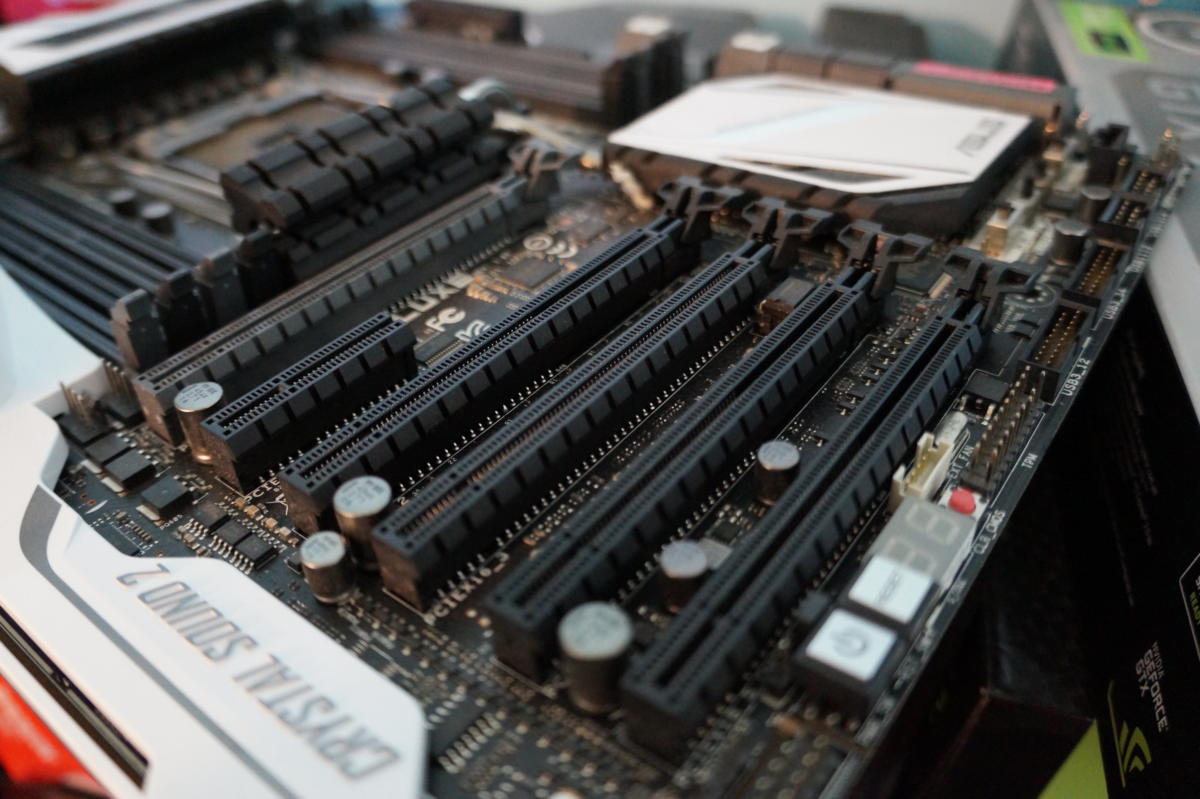- Why I recommend this OnePlus phone over the S25 Ultra - especially at this new low price
- I replaced my laptop with Microsoft's 12-inch Surface Pro for weeks - here's my buying advice now
- This palm recognition smart lock doubles as a video doorbell (and has no monthly fees)
- Samsung is giving these Galaxy phones a big One UI upgrade - here's which models qualify
- 7 MagSafe accessories that I recommend every iPhone user should have
New PCI Express spec features doubles the bit rate

The latest PCI Express (PCIe) specification again doubles the data rate over the previous spec.
PCI Express 7.0 calls for a data rate of 128 gigatransfers per second (GT/s) and up to 512 GB/s bi-directionally via x16 data lane slot (not every PCI Express slot in a PC or server uses 16 transfer lanes), according to PCI-SIG, the industry group that maintains and develops the specification.
The slower, previous spec, PCI Express 6.0 has yet to come to market, and doubling the rate with each version has become the norm.
Having double the bandwidth means more data can be fed to demanding tasks like AI, machine learning, and high-performance computing applications. The PCI-SIG said PCIe 7.0 is targeted at 800G Ethernet, AI/ML, cloud, and quantum computing, and data-intensive uses like hyperscale data centers.
PCIe 7.0 also features Pulse Amplitude Modulation with 4 levels (PAM4) signaling. The PCI SIG fadded PAM4 to the PCIe 6.0 spec as a replacement for non-return-to-zero (NRZ) amplitude. NRZ encoding only had two amplitude levels per pulse during a clock cycle, PAM4 has four, so PCIe 6 and 7 will double the amount of data encoded with each cycle.
PCIe was created to replace AGP video card slots, and now every GPU card is PCIe-based. But more recent upgrades and revisions have been aimed at getting maximum performance out of solid-state drives (SSDs).
With the doubling of throughput every two to three years, PCIe remains the interface of choice for SSDs for keeping CPU cores fed with data. PCIe 6 products are expected to start shipping this year, while those supporting PCIe 7 aren’t expected until 2025.
The PCI-SIG is comprised of over 900 member companies, and has done regular updates with predictable throughput increases each time. That’s a better track record than other groups such as those behind the SATA-drive or USB interfaces, which have languished, fallen behind, and become confusing with their numerous point revisions.
Copyright © 2022 IDG Communications, Inc.

